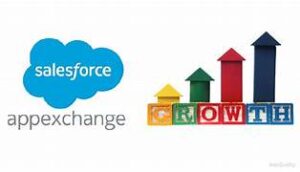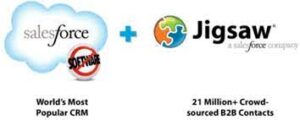Salesforce is a powerful and dynamic CRM platform with a vast array of tools and features. Given its complexity, users must make critical decisions daily—whether creating custom objects, automating workflows, nurturing leads, or developing applications. Each choice impacts how effectively Salesforce is utilized, influencing both short-term success and long-term sustainability.
However, users often opt for the quickest solution rather than the most robust one. While this may provide immediate results, it can lead to inefficiencies and challenges over time. This is where technical debt comes into play.
What Is Technical Debt in Salesforce?
Technical debt refers to the hidden cost an organization incurs when prioritizing speed over quality in software development and system configuration. It results from taking shortcuts that may seem convenient at first but ultimately require additional work—often in the form of rework, maintenance, or system inefficiencies.
A Real-World Analogy
Imagine you’re on a trek and encounter two paths leading to the same destination. The shorter route is steep and exhausting, while the longer path includes rest stops and is easier on your body. Although the shorter path may seem efficient, it leaves you drained.
Similarly, in Salesforce, quick fixes—such as writing redundant code, skipping documentation, or excessive customization—may seem efficient initially but create long-term complications, leading to technical debt.
Common Causes of Technical Debt in Salesforce
- Inconsistent Configuration – Using different approval processes for similar workflows, varying email templates for the same communication, or inconsistent data structures can cause inefficiencies and long-term maintenance challenges.
- Excessive Customization – While Salesforce is highly customizable, overusing custom code when standard features suffice can lead to system instability and unnecessary complexity.
- Poor Code Quality – Writing redundant or unstructured code, failing to follow best practices, and meeting test coverage requirements without verifying functionality all contribute to technical debt.
- Redundant Components – Keeping outdated validation rules, unused packages, and obsolete workflows can clutter the system and slow performance.
Types of Technical Debt in Salesforce
- Architecture Debt – Flaws in system architecture due to early-stage compromises that later hinder scalability and performance.
- Build Debt – Shortcuts taken in pre-release builds that lead to inefficient or unstable implementations.
- Code Debt – Poorly written or unmaintainable code that requires frequent fixes or refactoring.
- Documentation Debt – Incomplete or missing documentation, making it difficult to onboard new users or troubleshoot issues.
- People Debt – Lack of training, insufficient resources, or poor user adoption leading to inefficiencies.
- Test Debt – Inadequate testing practices that result in software defects and unstable deployments.
Identifying and Measuring Technical Debt
To assess technical debt, consider both business-related and technical questions:
Business-Related Questions
- Was the solution designed for long-term use or a quick fix?
- Does it support a process that requires improvement?
- Is the ROI higher than the ongoing maintenance cost?
- Is the solution still actively used?
Technical Questions
- Are similar solutions duplicated across teams?
- Are user experiences inconsistent across workflows?
- Does the solution align with best practices?
- Is deployment taking longer than expected?
How to Avoid Technical Debt in Salesforce
- Proactively Address Salesforce Updates – Salesforce releases regular updates, often announcing them months in advance. Preparing early helps prevent last-minute fixes that can lead to technical debt.
- Leverage AppExchange Solutions – Instead of building everything from scratch, explore pre-built integrations, dashboards, and automation tools available on Salesforce AppExchange to minimize unnecessary customization.
- Plan for Long-Term Scalability – While short-term goals are important, they shouldn’t compromise long-term system integrity. Ensuring sustainable configurations and development practices helps avoid accumulating technical debt.
Final Thoughts
Technical debt is an inevitable challenge in any complex system, but with proactive planning and best practices, it can be minimized. The key is to prioritize sustainability over speed—choosing well-structured, scalable solutions rather than quick fixes that may lead to costly rework in the future.
By maintaining best practices, regular system reviews, and strategic planning, organizations can optimize their Salesforce environment for efficiency, scalability, and long-term success.













